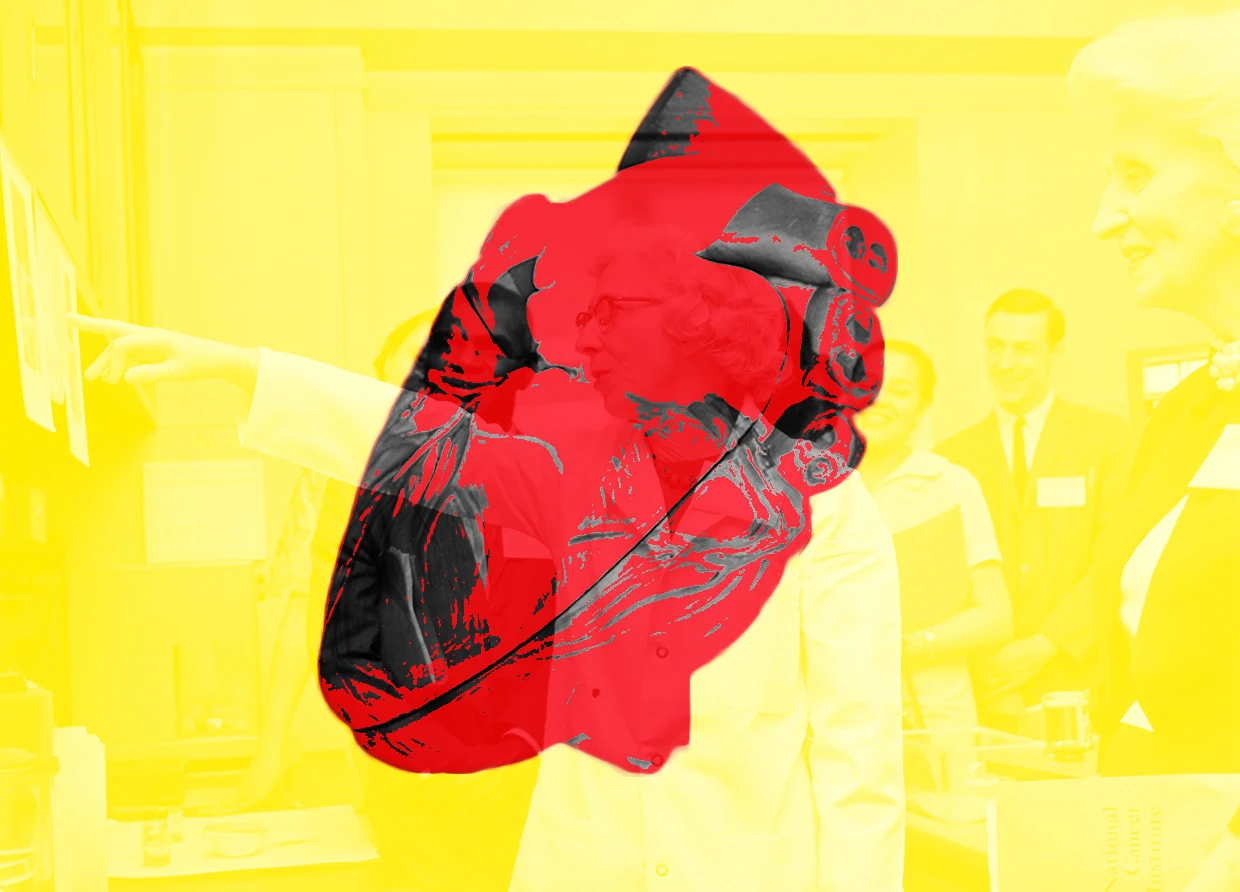BLOOD CLOTS — HOW TO SPOT THE SIGNS AND PREVENT THEM
Blood clots, which can lead to stroke, are becoming more common among young people - as such is the one in Hailey Bieber case. Here are things you should know.

After the news that Hailey Bieber developed a blood clot that moved to her brain broke earlier on Saturday, a U.S.-based vascular neurologist remarked that the health problem is happening in "younger and younger people".
Hailey Bieber was taken to the hospital on Thursday morning when she "started having stroke-like symptoms" while eating breakfast with her husband, Justin Bieber. It was then revealed that she had "suffered a very small blood clot" to her brain, which led to a "small lack of oxygen". Fortunately, the blood clot was able to pass on its own, and she explained that she "recovered completely within a few hours".
"We think of stroke as being something that happens in older ages, but we are seeing it in younger and younger people," Dr. Shazam Hussain, the Director of the Cerebrovascular Center at Cleveland Clinic, told People Magazine.
"It relates, generally, to people having unhealthy lifestyles, maybe not eating as well or not getting in regular exercise, along with other factors like genetics. So it's important that people don't just think of it as something that happens to older people. If you're younger and have those symptoms, you've got to get to the hospital," he added.
How to recognize the signs and reduce the risk of blood clots/stroke
Typically, blood clots originate from blocked blood vessels like the neck or directly from the heart. Once in the brain, the lack of oxygen will cause the brain function to shut down and cause stroke-like symptoms. The acronym BE FAST will help you spot some symptoms: B for balance, E for eyes having vision trouble, F for face drooping, A for arm or limb weakness, S for speech difficulty and T for time, which means calling for 119/911.
Sometimes the blood clot can pass on their own, like Bieber's case, which is possible with small clots. If it is not the case, then doctors usually administer a clot-busting drug to dissolve the clot within the first 4.5 hours after a stroke. For larger blood clots, they will perform a thrombectomy to go in and remove the clot.
The key to reducing the risk of stroke or blood clots is to do regular checkups with a physician, stick to a healthy diet, exercise, keep cholesterol in control and make sure not to have high blood pressure. Dr. Hussain also recommends checking the site strokeawareness.com as well as quitting smoking if one smokes.
#THE S MEDIA #Media Milenial #blood clots


























